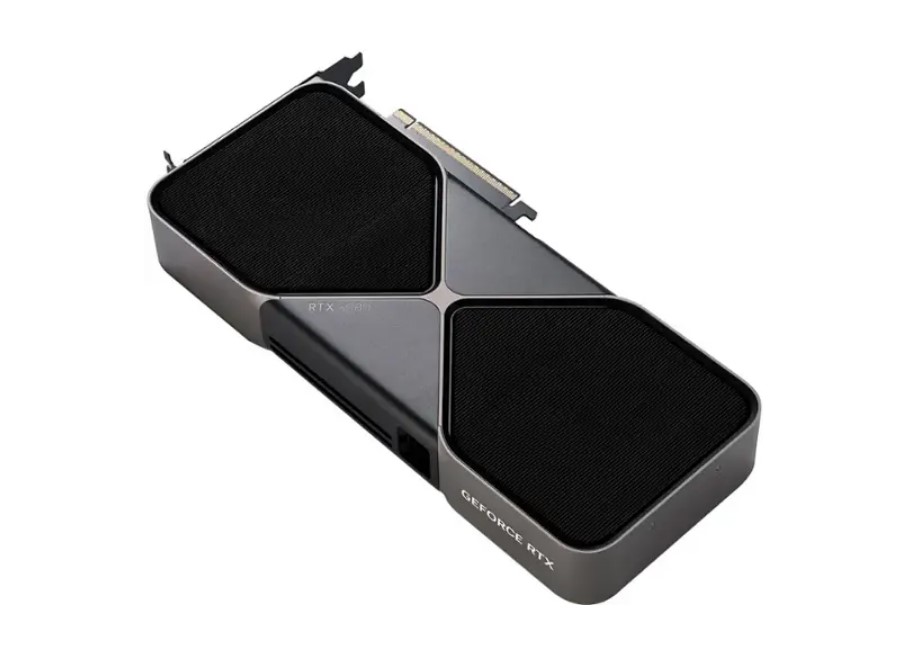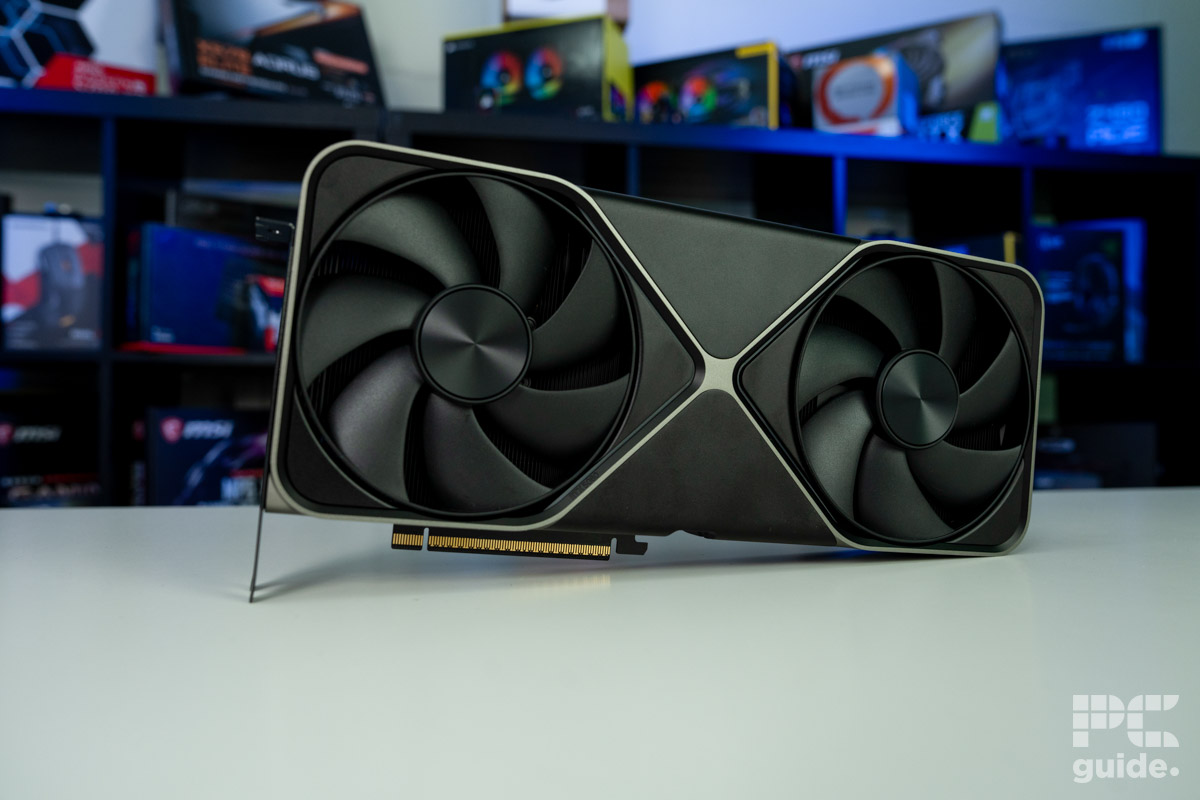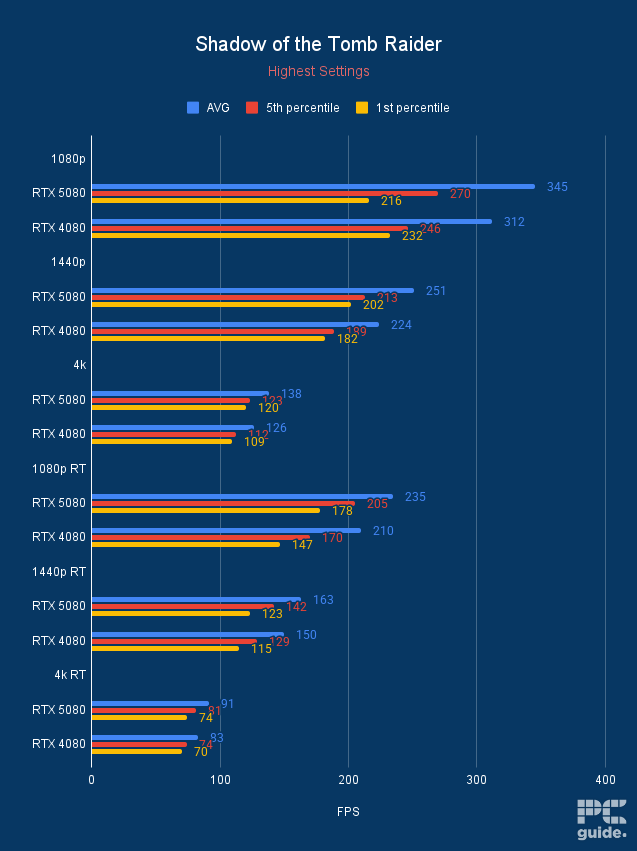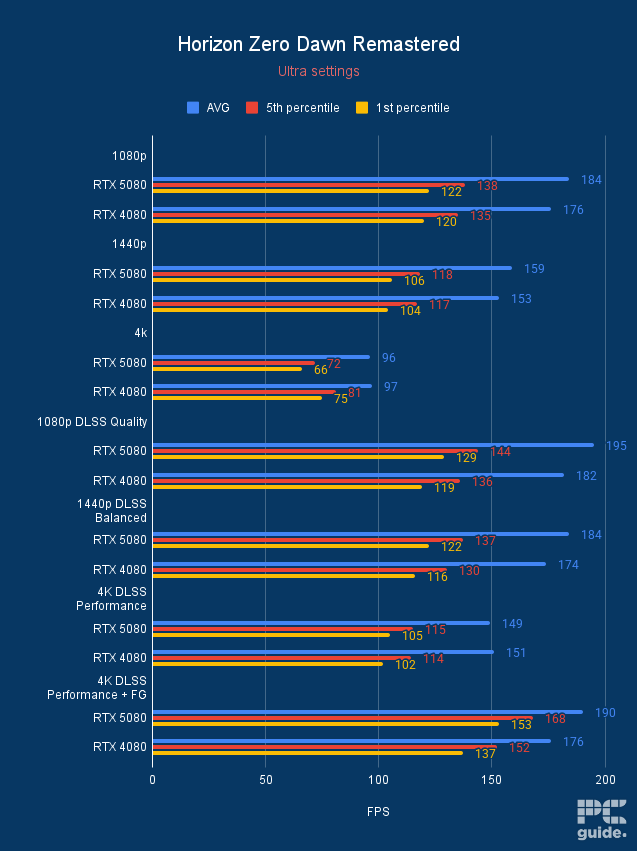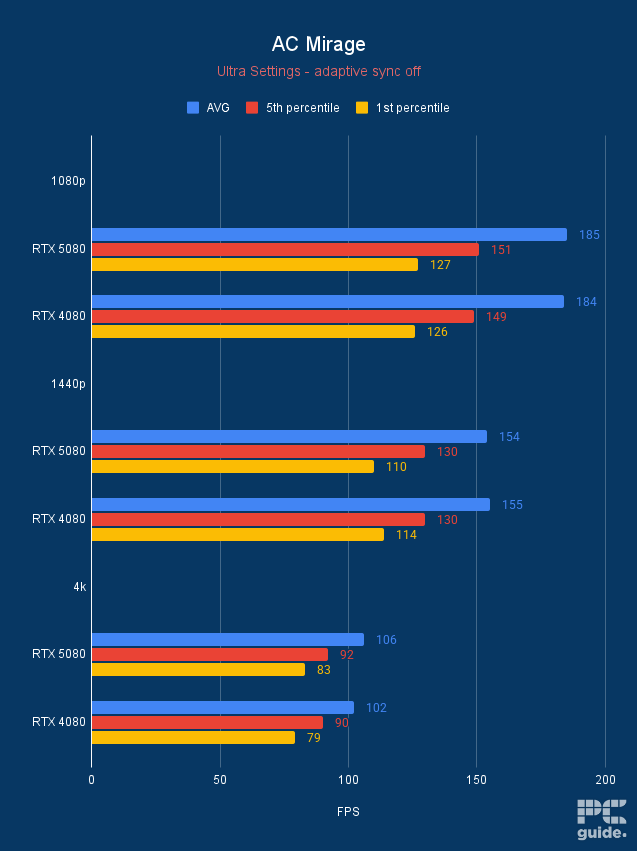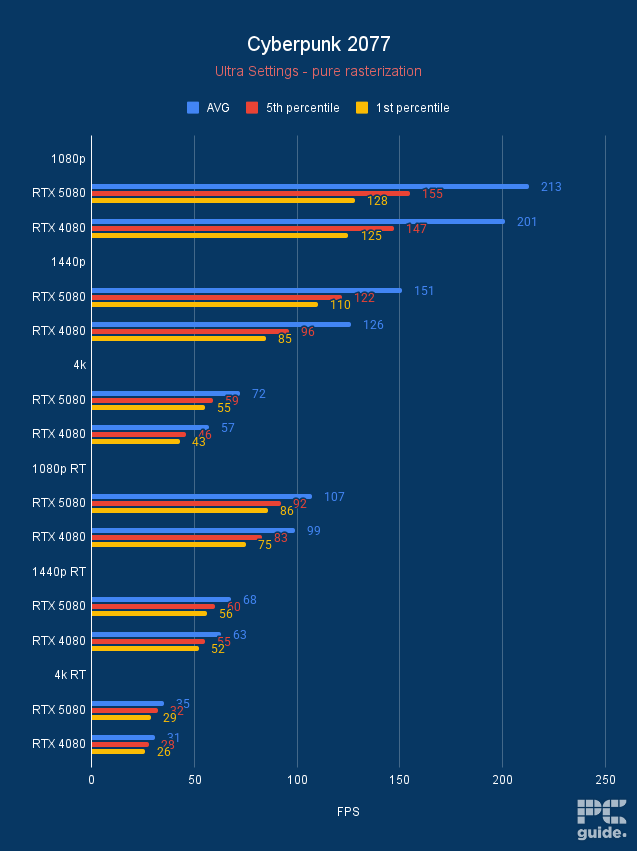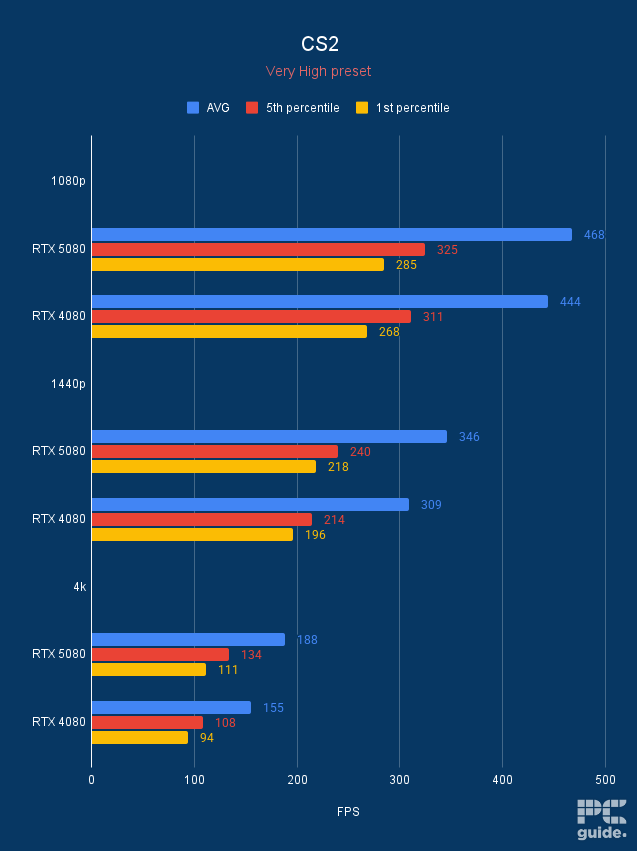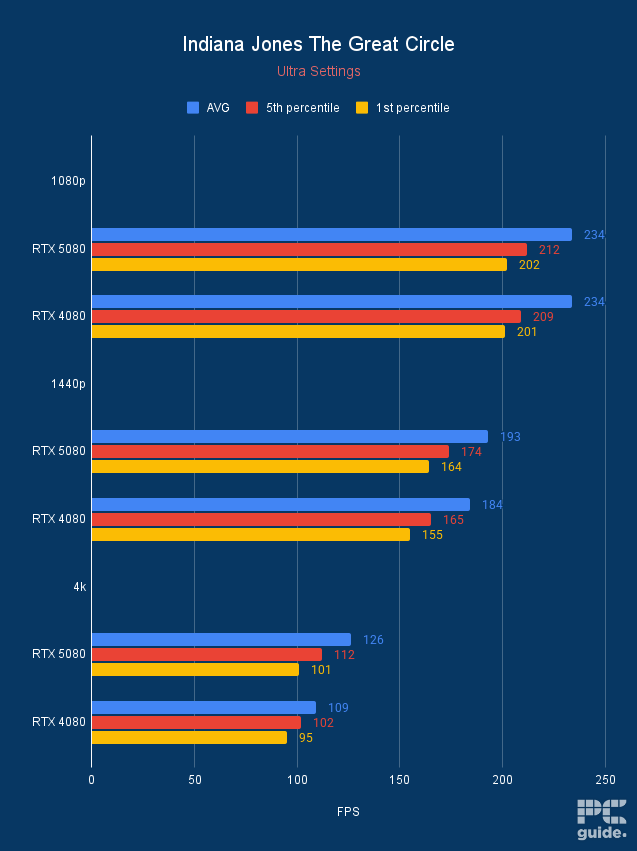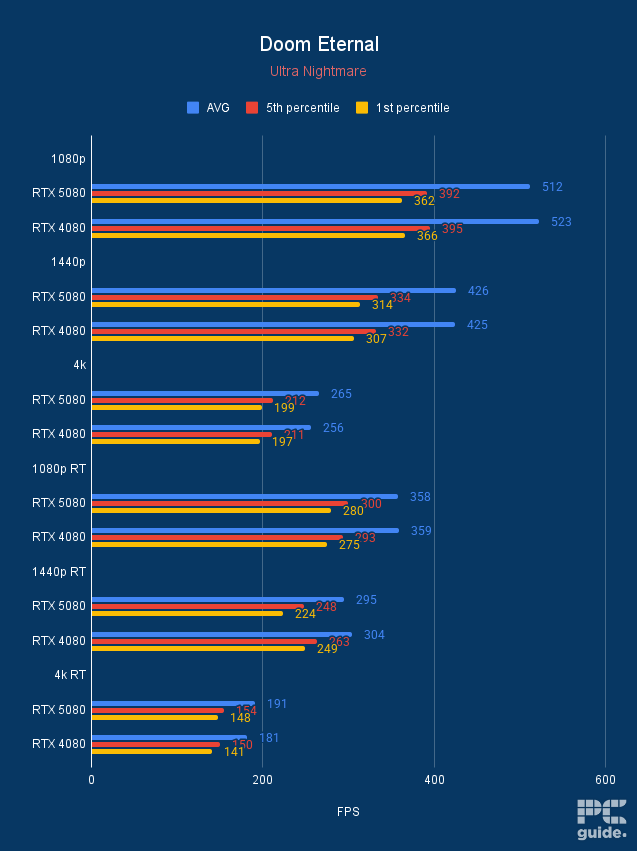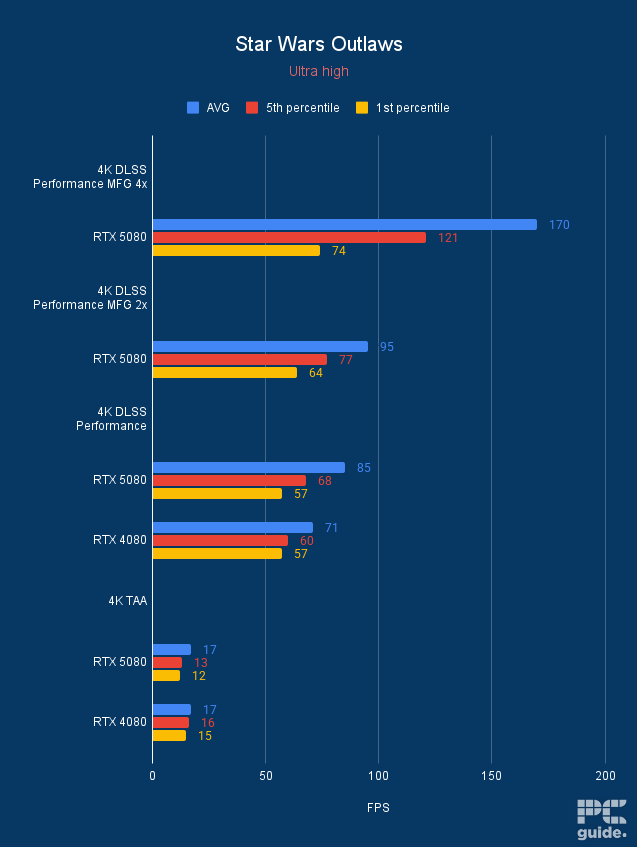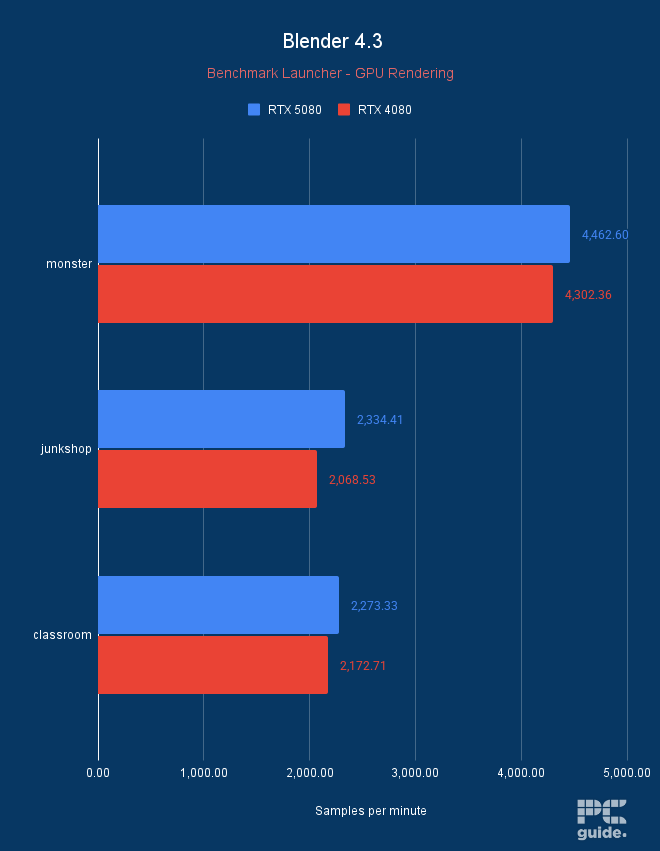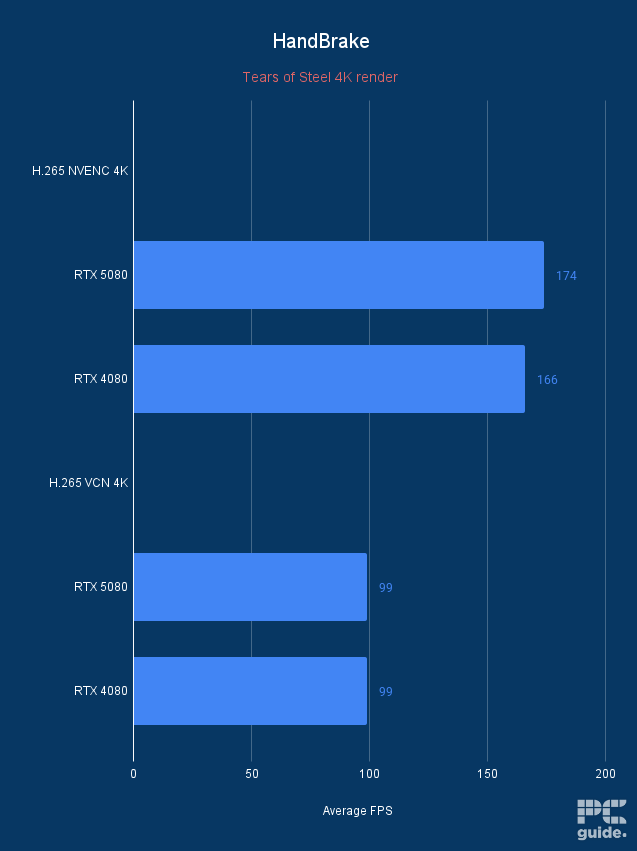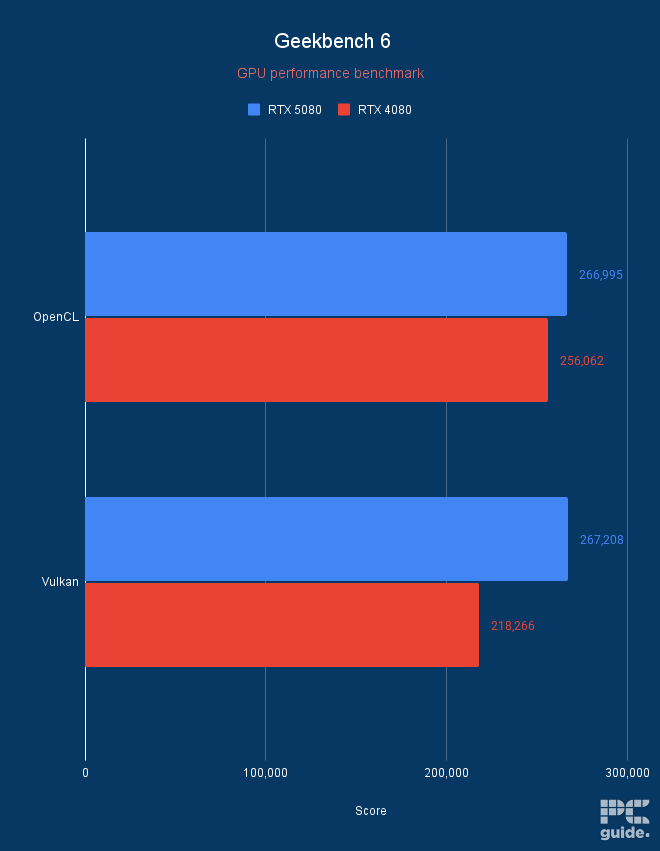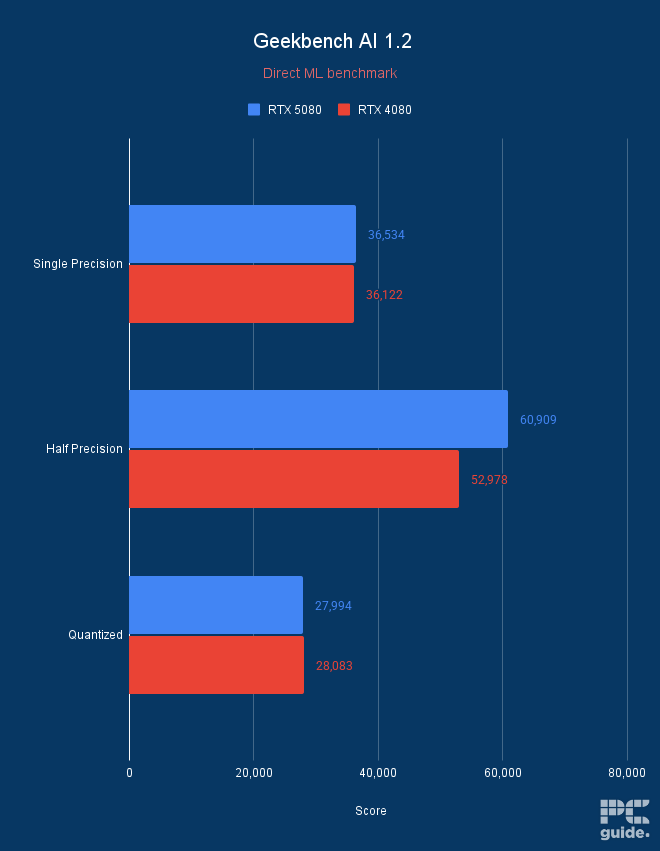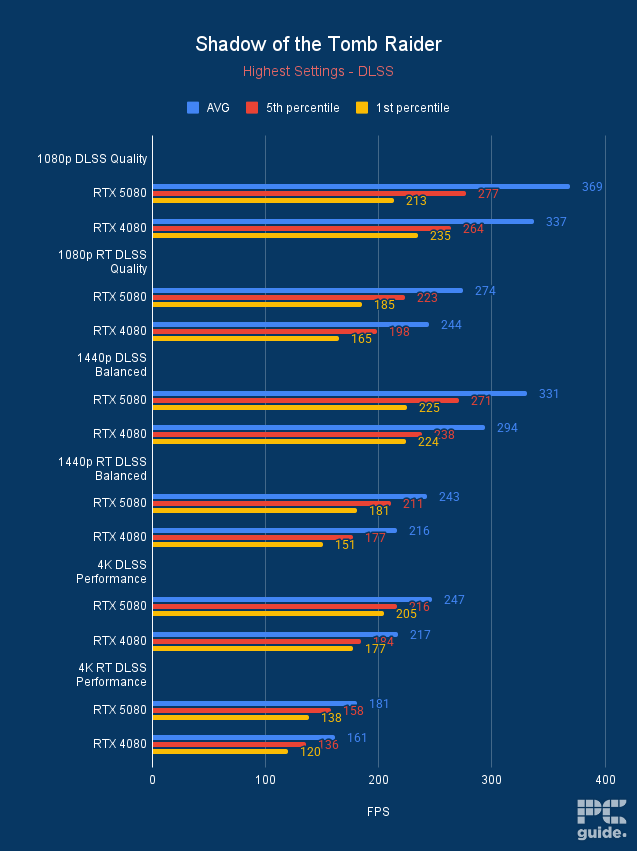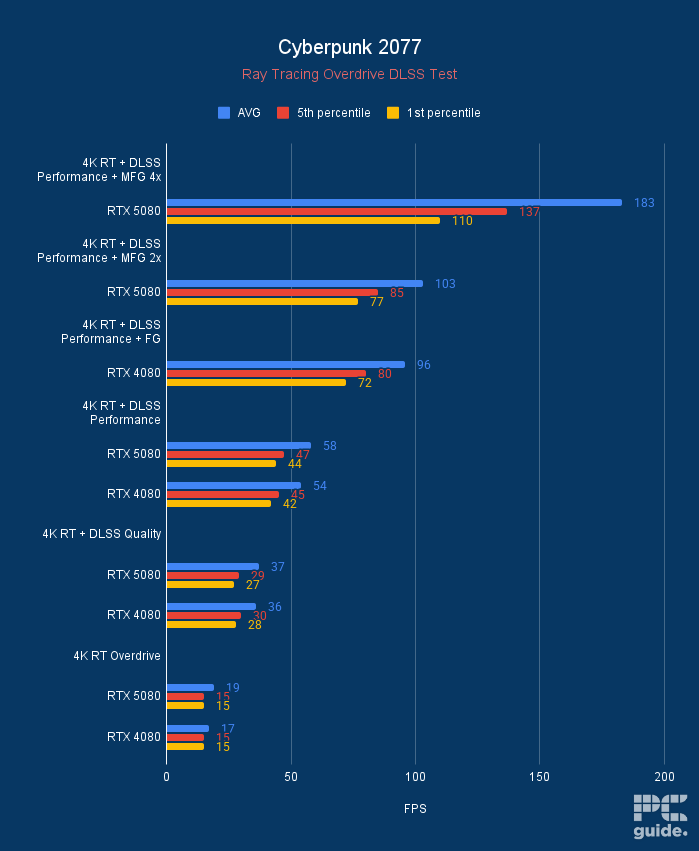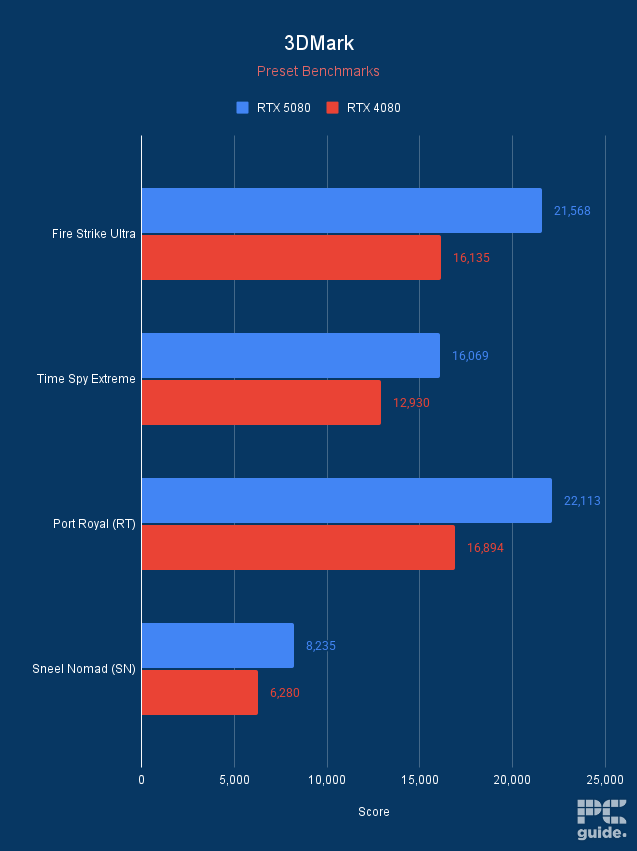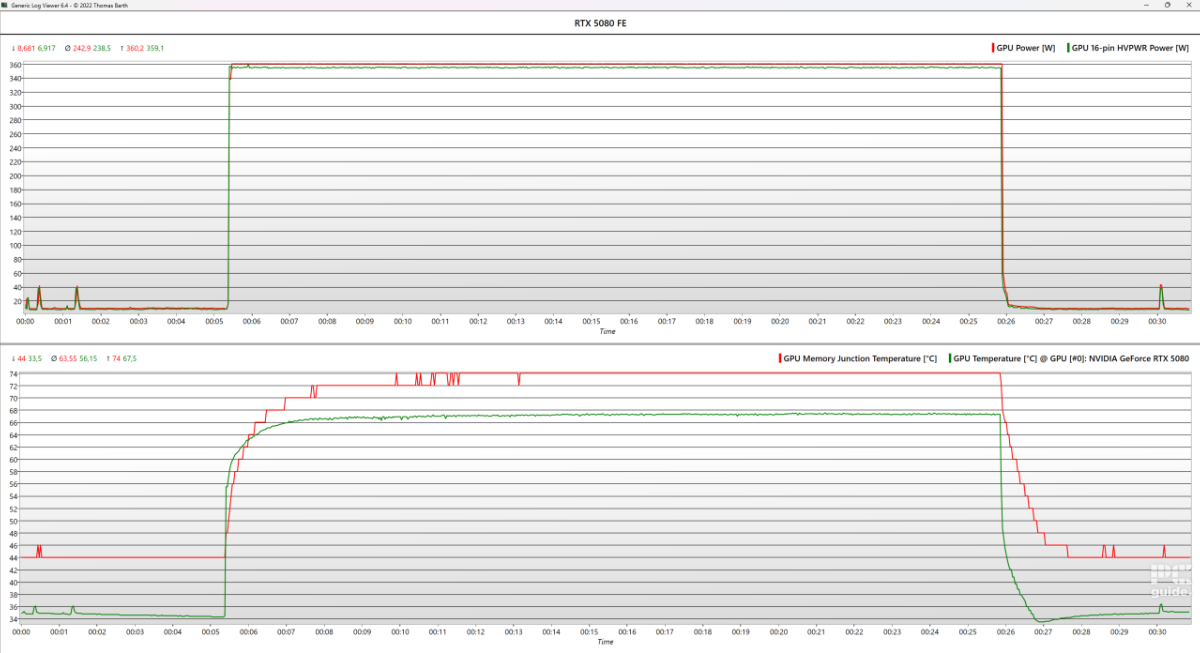RTX 5090 vs RTX 5080 specs and performance comparison – how do they differ?
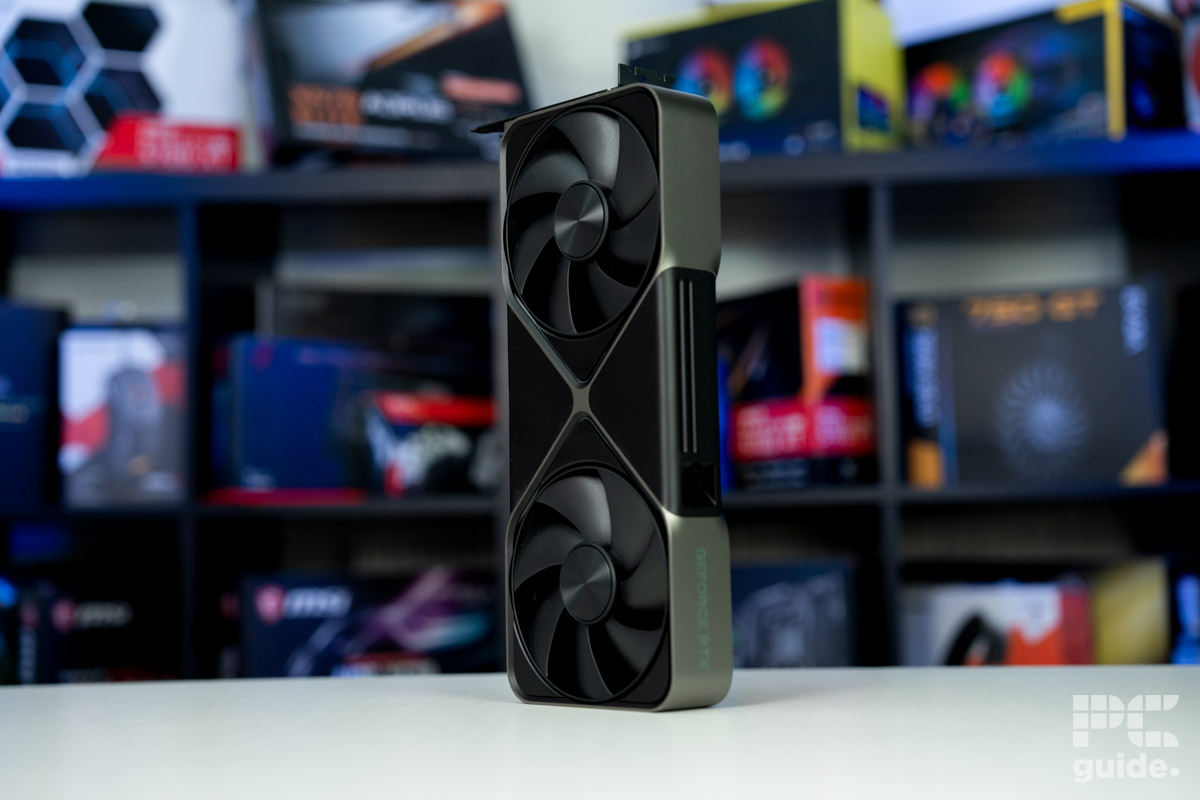
Table of Contents
The RTX 5090 and 5080 have been launched. These were two of the most highly anticipated GPUs to date. Announced at CES 2025 in Nvidia’s fantastic keynote presentation, these two cards are set to blow the 40-series out of the water – so we’re curious to see how they stack up against each other.
We’ve put one of these cards through our testing lab already, with the RTX 5080 review offering a closer look at what the GPU is capable of. Although we have yet to test the RTX 5090 ourselves, the reviews are out for it, so you can find out its performance elsewhere right now. Otherwise, we will bring you a comparison of the two cards with our 5080 data and what’s out there.
Spec comparison
We’ve listed their specifications below to see the hardware difference between the two processors.
| Specifications | RTX 5090 | RTX 5080 |
| Cores | 21760 | 10752 |
| Base clock speed | 2.01 GHz | 2.30 GHz |
| Boost clock speed | 2.41 GHz | 2.62 GHz |
| Memory | 32GB GDDR7 | 16GB GDDR7 |
| Memory interface | 512-bit | 256-bit |
| Bandwidth | 1.79 TB/s | 960.0 GB/s |
| TDP | 575W | 360W |
| Release Date | 30th Jan 2025 | 30th Jan 2025 |
| Size | 304 mm x 137 mm x 48 mm | TBC |
The RTX 5090 has twice the VRAM and memory interface connection as the RTX 5080, and there is a massive difference between the cores as well. We'll explore these differences individually to understand what they mean for their performance.
Memory
The RTX 5090 has 32GB GDDR7 VRAM, while the RTX 5080 has 16GB GDDR7 VRAM. Both of these cards sport the new memory type, but the flagship GPU has double the memory, meaning it should be able to better handle gaming at higher resolutions, and unsurprisingly, benchmarks reflect that.
That being said, you should also be able to play games at 4K with the RTX 5080 as the RTX 4080 can also push that but you'll obviously get more FPS with the 5090 given that is has twice the cores and memory to work with.
Memory interface width
The RTX 5090 has a 512-bit interface, which is an improvement from the RTX 4090's 384-bit connection, but the RTX 5080 has the same 256-bit memory interface connection. This means that the connection difference has doubled compared to previous generations, putting the second best GPU from the RTX 50-series lineup in a difficult spot.
A higher bit connection works like a highway with more lanes. The more lanes there are, the more cars (data) can easily travel on it without causing a traffic jam (bottleneck). So, not only does the 5090 have more cores and a higher VRAM, but it is also better equipped to handle resource-intensive tasks.

Cores
The RTX 5090 has 21,760 CUDA cores, while the RTX 5080 has 10,752 CUDA cores. This is a difference of 11,008 CUDA cores, more than what the RTX 4080 Super has. More cores mean better performance, as more computations can be processed per clock cycle, resulting in significantly better efficiency and output.
So, the RTX 5080 is no match for the RTX 5090 in terms of core counts and once again, the difference between the flagship and runner up GPU has increased, giving the RTX 5080 more to prove.
Size
Both the Nvidia RTX 5090 and 5080 will be getting Founders Editions. In short, the RTX 5090 is far slimmer than the RTX 4090, but the RTX 5080 is the same size as the RTX 5090.
If we look at the RTX 5090 first, there are some interesting reasons as to why the card is more streamlined that ever before. First off, the 5090 is a two-slot card compared to the 4090, which is a three-slot. What this means is that it takes up less space, or slots, on your motherboard.
Nvidia recently released a video that showcases the history of the Founders Editions and notes how designs were getting bigger and bigger, and they wanted to buck that trend. There was even a prototype named Titan ADA which was a four-slot design and had a triple fan setup, something we only tend to see in AIB versions of the cards.
When it comes to weight, it’s also over 16% lighter than the 4090, which will no doubt further prevent any sag, weighing in at 4.01 lbs. We don’t have the weight for the RTX 5080, so stay tuned for that information soon.
RTX 5090 vs. RTX 5080 – price comparison
The RTX 5090 and 5080 have an MSRP of $1,999 and $999, respectively. This is a $1,000 difference between these cards. If we go back a generation, the RTX 4080 Super was released with the same MSRP, but the RTX 4090 had a $1,599 price tag, and the RTX 4080 was $1,199.
RTX 5080 performance
Below, you can find a variety of performance graphs for the RTX 5080 from our review with a comparison to the 4080. That way, you can see what it is capable of in a variety of tasks, ranging from gaming, rendering, encoding, and AI to the thermal performance of the Founder’s Edition.
The 5080 achieves over 468 in Counter Strike 2 at 1080p, 346 in 1440p, and 188 in 4k. Cyberpunk shows a strong prowess, although the 4K ultra settings do make life difficult for the card. As in pure performance the card achieves 213, 151, and 72 FPS at 1080p, 1440p, and 4k. Whilst with ray tracing enabled that drops down to 107, 68, and 35FPS on average.
But it’s the game where we also got to test DLSS 4 and multi-frame generation. As cranking the settings to 4K ray tracing overdrive preset, the GPU struggled at 19FPS on average. While standard DLSS on performance mode uplifts that to 58FPS, 2x MFG nearly doubles that to 103FPS, with 4x moving up to 183FPS.
Looking towards another 5080 reviews with a 5090 to compare, we can find the sort of performance difference between the two. There, we see that the 5090 leads 4k in a 17-game average by 40%; in 1440p, that shrinks to a 27% lead, and at 1080p, that’s only 15%.
Shows that the RTX 5090’s increased VRAM and CUDA cores clearly give it the superior lead over the 5080, especially at the higher 4K resolutions that can use up that memory quite quickly.
In synthetics, the 5080 shows plenty of uplifts over the 40 series as it pushed a score of 21,568 in Fire Strike Ultra in 3DMark, with Time Spy Extreme achieving 16,069, along with Port Royal with 22,113, and Steel Nomad getting 8,235. Along with Blender, they are showing similar gains in the rendering potential of the 50 series. The benchmark runs 4,462.60 samples per minute in the monster, 2,334.41 in the junkshop, and 2,273.33 in the classroom.
For encoding, Nvidia has upgraded the NVENC tech on board and improved its capabilities. Although HandBrake can’t take advantage of the new format, it still improved speed as the 5080 finished its 4k 12-minute encode many seconds quicker and with a higher average FPS.
Lastly, we put the 5080 through Geekbench’s AI benchmarks to see what it can achieve. With a big gain in half-precision performance over the 4080, it does have a strong focus on AI capabilities, and we’ll look to expand on our testing in this segment, considering the focus on tech these days.
We will update these performance graphs once we can get hold of a 5090 and put it to the test to have a direct comparison to the 5080.
Final word
The RTX 5090 is in a league of its own, and not even the RTX 5080 can reach it. One can argue that DLSS 4 would bridge the gap between this card, but that technology is also available for the RTX 5090, so ultimately, the performance delta will remain the same.
That being said, it doesn't mean the RTX 5080 is a slouch as with DLSS 4 and the new GDDR7 VRAM, it also delivers a solid 4K gaming performance if you're not keen on spending $1,999 or more on a partner card, the 5080 is also an excellent choice for gaming and productivity with a bit more limited VRAM and CUDA cores.
